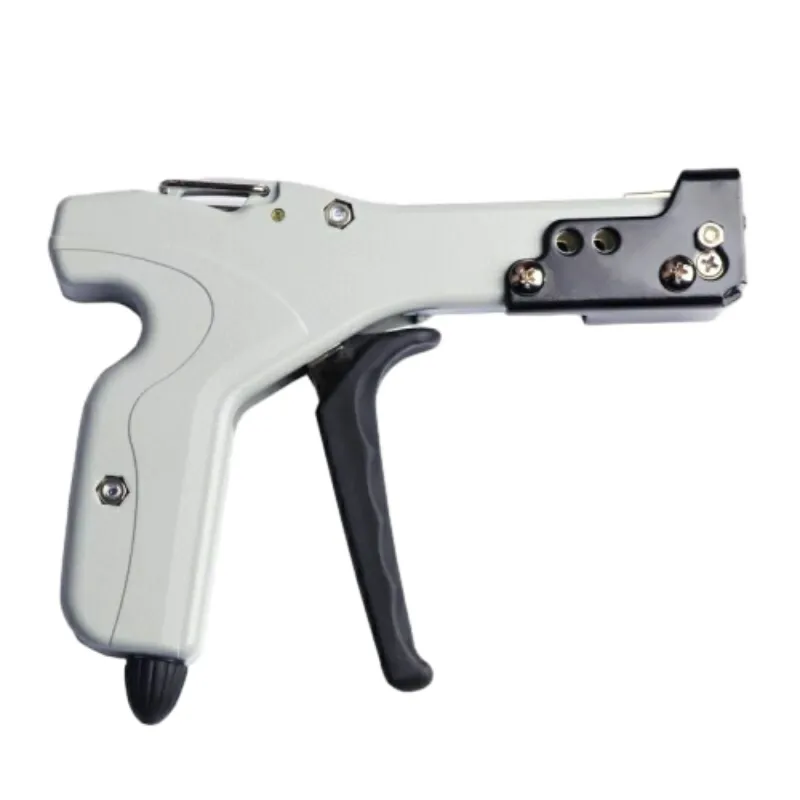
-
 Afrikaans
Afrikaans -
 Albanian
Albanian -
 Amharic
Amharic -
 Arabic
Arabic -
 Armenian
Armenian -
 Azerbaijani
Azerbaijani -
 Basque
Basque -
 Belarusian
Belarusian -
 Bengali
Bengali -
 Bosnian
Bosnian -
 Bulgarian
Bulgarian -
 Catalan
Catalan -
 Cebuano
Cebuano -
 Corsican
Corsican -
 Croatian
Croatian -
 Czech
Czech -
 Danish
Danish -
 Dutch
Dutch -
 English
English -
 Esperanto
Esperanto -
 Estonian
Estonian -
 Finnish
Finnish -
 French
French -
 Frisian
Frisian -
 Galician
Galician -
 Georgian
Georgian -
 German
German -
 Greek
Greek -
 Gujarati
Gujarati -
 Haitian Creole
Haitian Creole -
 hausa
hausa -
 hawaiian
hawaiian -
 Hebrew
Hebrew -
 Hindi
Hindi -
 Miao
Miao -
 Hungarian
Hungarian -
 Icelandic
Icelandic -
 igbo
igbo -
 Indonesian
Indonesian -
 irish
irish -
 Italian
Italian -
 Japanese
Japanese -
 Javanese
Javanese -
 Kannada
Kannada -
 kazakh
kazakh -
 Khmer
Khmer -
 Rwandese
Rwandese -
 Korean
Korean -
 Kurdish
Kurdish -
 Kyrgyz
Kyrgyz -
 Lao
Lao -
 Latin
Latin -
 Latvian
Latvian -
 Lithuanian
Lithuanian -
 Luxembourgish
Luxembourgish -
 Macedonian
Macedonian -
 Malgashi
Malgashi -
 Malay
Malay -
 Malayalam
Malayalam -
 Maltese
Maltese -
 Maori
Maori -
 Marathi
Marathi -
 Mongolian
Mongolian -
 Myanmar
Myanmar -
 Nepali
Nepali -
 Norwegian
Norwegian -
 Norwegian
Norwegian -
 Occitan
Occitan -
 Pashto
Pashto -
 Persian
Persian -
 Polish
Polish -
 Portuguese
Portuguese -
 Punjabi
Punjabi -
 Romanian
Romanian -
 Russian
Russian -
 Samoan
Samoan -
 Scottish Gaelic
Scottish Gaelic -
 Serbian
Serbian -
 Sesotho
Sesotho -
 Shona
Shona -
 Sindhi
Sindhi -
 Sinhala
Sinhala -
 Slovak
Slovak -
 Slovenian
Slovenian -
 Somali
Somali -
 Spanish
Spanish -
 Sundanese
Sundanese -
 Swahili
Swahili -
 Swedish
Swedish -
 Tagalog
Tagalog -
 Tajik
Tajik -
 Tamil
Tamil -
 Tatar
Tatar -
 Telugu
Telugu -
 Thai
Thai -
 Turkish
Turkish -
 Turkmen
Turkmen -
 Ukrainian
Ukrainian -
 Urdu
Urdu -
 Uighur
Uighur -
 Uzbek
Uzbek -
 Vietnamese
Vietnamese -
 Welsh
Welsh -
 Bantu
Bantu -
 Yiddish
Yiddish -
 Yoruba
Yoruba -
 Zulu
Zulu


Oct . 03, 2024 02:32 Back to list
Understanding the Importance of Grounding GI Wire in Electrical Systems
Understanding Earthing and the Importance of GI Wire
Earthing, also known as grounding, is a crucial safety measure in electrical systems. It provides a direct physical connection to the earth, ensuring that any excess electricity, due to faults, is safely dissipated into the ground. This is essential for protecting both people and equipment from electrical hazards.
Understanding Earthing and the Importance of GI Wire
The primary function of GI wire in earthing systems is to create a low-resistance path for fault currents. When a fault occurs, such as a short circuit or equipment malfunction, excess current is directed through the earthing system and safely into the ground, significantly reducing the risk of electric shock or fire. The efficiency of this path depends heavily on the material properties of the earthing conductor; hence, GI wire is often favored for its excellent conductivity and resistance to corrosion.
earthing gi wire

Installing GI wire for earthing involves careful planning and execution. The wire must be connected to the grounding electrode, typically a rod or plate buried in the earth. It’s essential to ensure that the connections are secure and that the wire has adequate contact with the soil. Factors such as soil composition, moisture content, and temperature can affect the conductivity of the earth, so these must be considered during installation.
Moreover, regular testing of the earthing system is crucial to ensure its effectiveness. Over time, factors such as corrosion, physical damage, or changes in the soil can impact the performance of the earthing system. By routinely checking the resistance of the earthing conductor and replacing parts as necessary, one can maintain a reliable safety system.
In conclusion, the use of GI wire in earthing is vital for ensuring electrical safety. Its properties make it an ideal choice for providing an effective grounding solution. As technology and safety standards evolve, continuing education on proper earthing practices and materials will help maintain safe electrical systems in our homes and industries.
Latest news
What Are Construction Tools and How Are They Used?
NewsJul.11,2025
Professional-Grade Duct Rodding Tools for Superior Cable Installation
NewsJul.11,2025
Enhancing Safety and Efficiency with Modern Hot Stick Solutions
NewsJul.11,2025
Empowering Cable Installation with Advanced Rodder Solutions
NewsJul.11,2025
Elevate Your Cable Installation Projects with Cable Pulling Tools
NewsJul.11,2025
Efficient Cable Handling Solutions: Cable Rollers for Sale
NewsJul.11,2025











